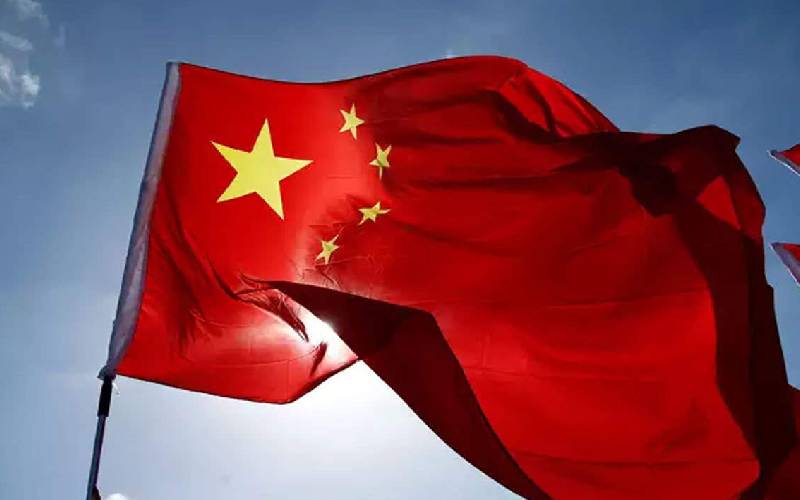×
The Standard e-Paper
Home To Bold Columnists

In his book, The Problem of China which he wrote in 1922, Bertrand Russell, one of the acclaimed founders of analytical philosophy, prophesied it would be a mistake to ignore China.